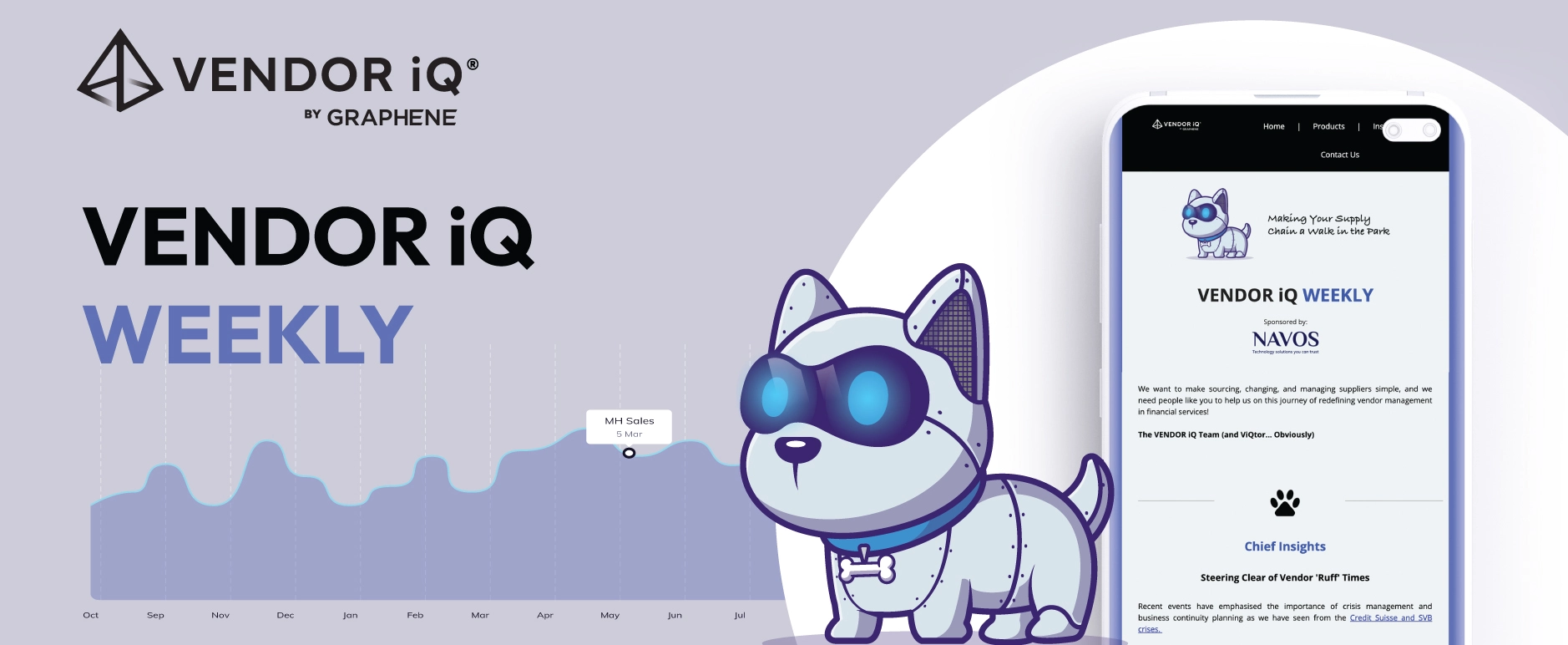In a world where finance and technology are becoming ever more intertwined, staying ahead isn’t just about the latest tech breakthroughs; it’s about resilience, stability, and trust. Enter the Digital Operational Resilience Act (DORA), a legislative framework designed to safeguard the financial sector against the ever-growing threat of cyber vulnerabilities and ensure operational robustness in the digital age.
The Dawn of DORA
Conceived by the combined efforts of the Commission, Council Presidency, and Parliament in 2020, DORA was born out of the necessity to fortify the financial industry’s defences against the digital era’s unique challenges. Fast forward to November 2022, and its approval marked the beginning of a new chapter in financial regulatory history. DORA doesn’t just aim to standardise ICT risk management across the sector; it mandates financial institutions and their service providers to prove their mettle against disruptions and threats.
Why DORA Matters More Than Ever
In the aftermath of the 2007-2008 financial crisis, regulations like Basel III put a spotlight on financial stability. However, with cyber-attacks on the rise, the spotlight has pivoted towards digital resilience. DORA is not just another regulation; it’s a cornerstone in the architecture of a safer, more stable financial future. Its objectives are clear: oversee ICT service providers, mitigate digital risks, optimise threat intelligence sharing, and ensure that financial institutions can adapt and react proactively to incidents.
Fitting DORA Into Today’s Financial Ecosystem
In an era dominated by AI, blockchain, and cloud computing, DORA’s role becomes not just relevant but essential. It recognises the symbiosis between financial operations and digital technologies, aiming to bolster the sector’s resilience. Financial institutions are required to identify key business services, assess potential disruptions, and formulate strategies to minimise impact, blending technological innovation with unwavering operational security.
The Challenges and Triumphs of Compliance
Complying with DORA is no small feat. It demands a delicate balance between embracing rapid technological advancements and adhering to stringent regulatory standards. This includes addressing cybersecurity vulnerabilities, safeguarding data, and developing risk management frameworks tailored to digital complexities. Yet, the institutions that navigate this balance successfully don’t just comply with regulations; they unlock new avenues for growth, innovation, and competitive advantage.
Data Governance: The Heart of DORA Compliance
At the core of DORA compliance is data governance. Financial institutions must not only protect and manage data but do so in a way that aligns with regulatory expectations. This goes beyond mere compliance; it’s about harnessing data analytics for strategic decision-making, transforming data governance into a pivotal element of strategic advantage in a tech-driven financial landscape.
DORA360 solution
Ready to tackle DORA compliance with confidence? Discover how the DORA 360 platform from Gieom, in partnership with VENDOR iQ, simplifies the process, ensuring you meet the January 17, 2025, deadline with ease. Transform your approach to digital operational resilience and stay ahead of regulatory requirements. Learn more at www.dora360.ai.





